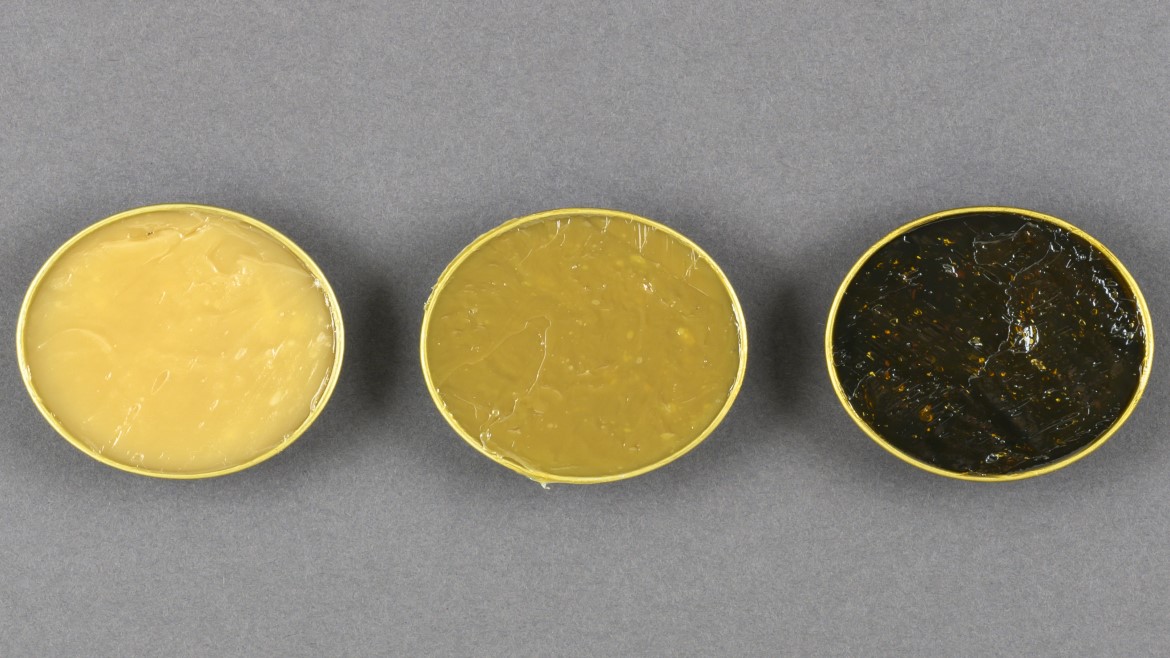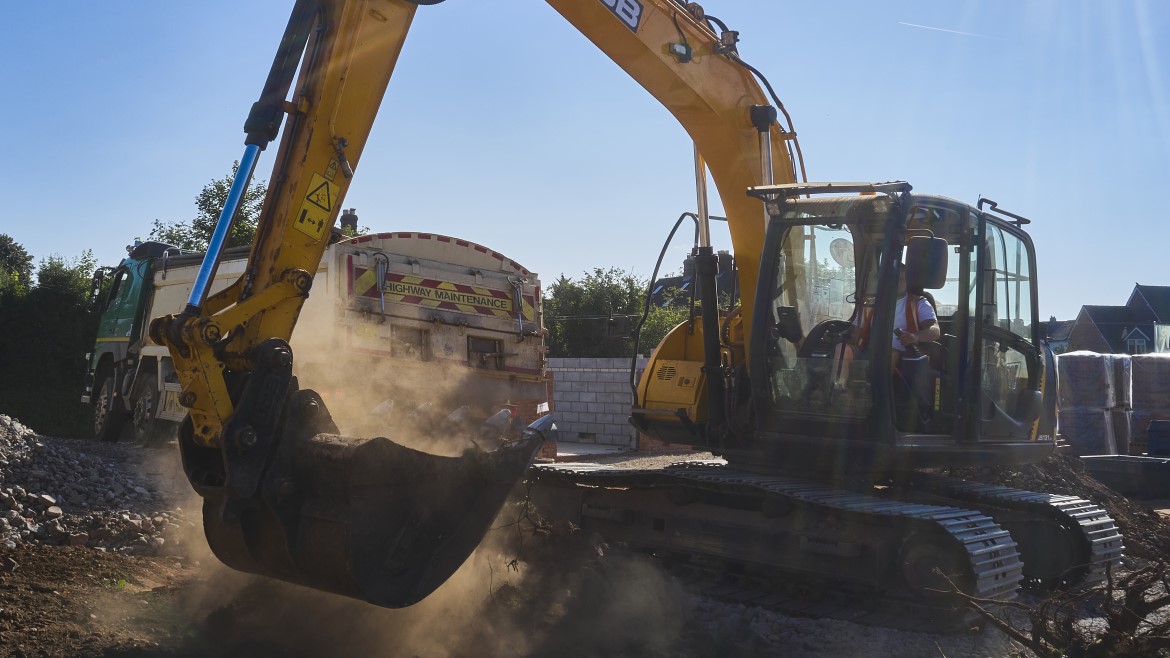Jan 31, 2021
Posted by Jagraj Sidhu, Product Manager
As the move continues towards a more sustainable, safer and cleaner future, so too does the demand for eco-friendly environmentally acceptable lubricants (EALs) that are biodegradable, non-bio accumulative and minimally toxic.
As the largest segment in the global industrial lubricants market, hydraulic fluids are essential in the day-to-day running of equipment in a wide range of industries, including marine, construction, mining, forestry and agriculture. Essential in a wide range of machinery and equipment, hydraulic fluids protect crucial components from wear and corrosion, enabling hydraulic systems to provide efficient and unyielding power, often in the harshest environments.
In a hydraulic system, the fluid not only has to lubricate critical areas of the hydraulic system, such as the pump, but it also has a primary role of acting as the medium for the transfer of power. It is for this reason that hydraulic systems often contain very large volumes of fluid.
In mobile equipment like a modern tractor or excavator, the hydraulic system can often contain up to 40 imperial gallons (180 litres) of fluid and a large mining shovel requires up to 200 imperial gallons (900 litres) of hydraulic fluid.
Due to the way hydraulic systems operate, large volumes of hydraulic fluid can be lost through spills and leakage. This can have a significant impact in environmentally sensitive locations, such as forests, agricultural land, constructions sites, mining sites and both inland and offshore waters.
Increasing concerns and requirements to protect environmentally-sensitive areas have seen a rise in the demand for low environmental-impact lubricants, including biodegradable hydraulic fluids. This is driven by increased regulatory requirements as well as growing levels of social responsibility from business and landowners.
A range of stringent environmental specifications and labelling schemes exist and are relevant to biodegradable hydraulic fluids across the world. Each are designed to make the world more sustainable, safer and to provide a cleaner future. Some of the most relevant to biodegradable hydraulic fluids are:
European Eco-label
To be awarded the stringent European Eco-label, products must adhere to a strict set of published environmental criteria and technical specifications agreed to by the EU member states. For products to be marketed as ‘bio-based’ or ‘bio-lubricant,’ they must deliver a minimum of 25% bio-based carbon content in the final product.
The Eco-label process covers five key aspects of: biodegradability; bioaccumulative potential; aquatic toxicity; renewable ingredients and; technical performance testing according to ISO 15380.
The 2018 update to the EU Eco-label includes sustainability criteria relating to the use of renewable ingredients and the packaging of the lubricant; addressing the responsible sourcing of palm oil/palm kernel oil derived ingredients and the recycled content where lubricants are sold in plastic containers.
Blue Angel Eco-label
The German Blue Angel eco-label was the world’s first environmental label and created in 1978. The objective of the Blue Angel environmental label for biodegradable lubricants and hydraulic fluids is to enable users to choose products that demonstrate a low toxicological hazard potential and, more importantly, good biodegradability to help significantly reduce environmental impacts as well as negative effects on flora (plants) and fauna (animals). Like the European Eco-label, products awarded the Blue Angel Eco-label have to meet the technical requirements of ISO 15380.
Swedish Standard SS 15 54 34 Category V
Sweden has long been regarded as one of the most environmentally-conscious countries in the world. The Swedish Standard SS 15 54 34 includes environmental requirements for hydraulic oils and stipulates the need for high biodegradability low acute and chronic toxicity of the additives toward water organisms, and the finished lubricant must not be classified as hazardous to health and the environment. All biodegradable hydraulic fluids sold in the Swedish market are required to meet the Swedish Standard SS 15 54 34.
Vessel Incidental Discharge Act
The Vessel Incidental Discharge Act (VIDA) was signed in 2018 and affects how the Environmental Protection Agency (EPA) and the U.S Coast Guard (USCG) regulate incidental discharges from commercial vessels. VIDA will replace the existing Vessel General Permit (VGP) once EPA and USCG publish the implemented regulations (anticipated in 2022). \
Within the VGP and VIDA the use of EALs are mandated, which must be biodegradable, non-bio accumulative and minimally toxic. Products approved by labelling programs like Blue Angel, European Eco-label, OSPAR and Swedish Standards SS 15 54 34 generally meet the VGP/VIDA requirements, although product approval by these standards is not specifically required. Not every ‘bio-oil’ is an EAL and it is therefore vital to check oil marketers’ approval claims.
USDA BioPreferred® Product Label
The objective of the BioPreferred® Program is to increase the purchase and use of biobased products. There are two major parts to the program. Firstly, is the mandatory purchasing by federal agencies and contractors of biobased products in categories, including hydraulic fluids, identified by the Department of Agriculture (USDA). Secondly, is a voluntary labelling initiative for biobased products that confirms that the product contains a verified amount of renewable biological ingredients. For hydraulic fluids, the minimum biobased content is 44%.
In terms of protection and performance, a biodegradable hydraulic fluid needs to demonstrate excellent performance characteristics across a number of areas, including: anti-wear and extreme pressure performance; filterability; rust and corrosion protection; low foaming; thermal and oxidative stability; demulsibility performance and; compatibility with other hydraulic fluids.
Delivering the required protection and performance, while conforming to exacting environmental specifications, requires a combination of formulating expertise along with specialist toxicity and environmental knowledge. If the hydraulic fluid is being changed from a conventional, non-biodegradable product to a biodegradable hydraulic fluid, contamination from the previous fluid can often happen. Therefore, it is essential to select a biodegradable hydraulic fluid that has been proven not to form incompatible reaction byproducts that block filters when mixed with conventional fluids.
Increasing concerns and requirements to protect environmentally-sensitive areas have led to a rise in the demand for low environmental impact hydraulic fluids. Carefully developed and proven biodegradable hydraulic fluids are available that meet both performance and environmental specifications, supporting a cleaner, safer and more environmentally compliant future.









